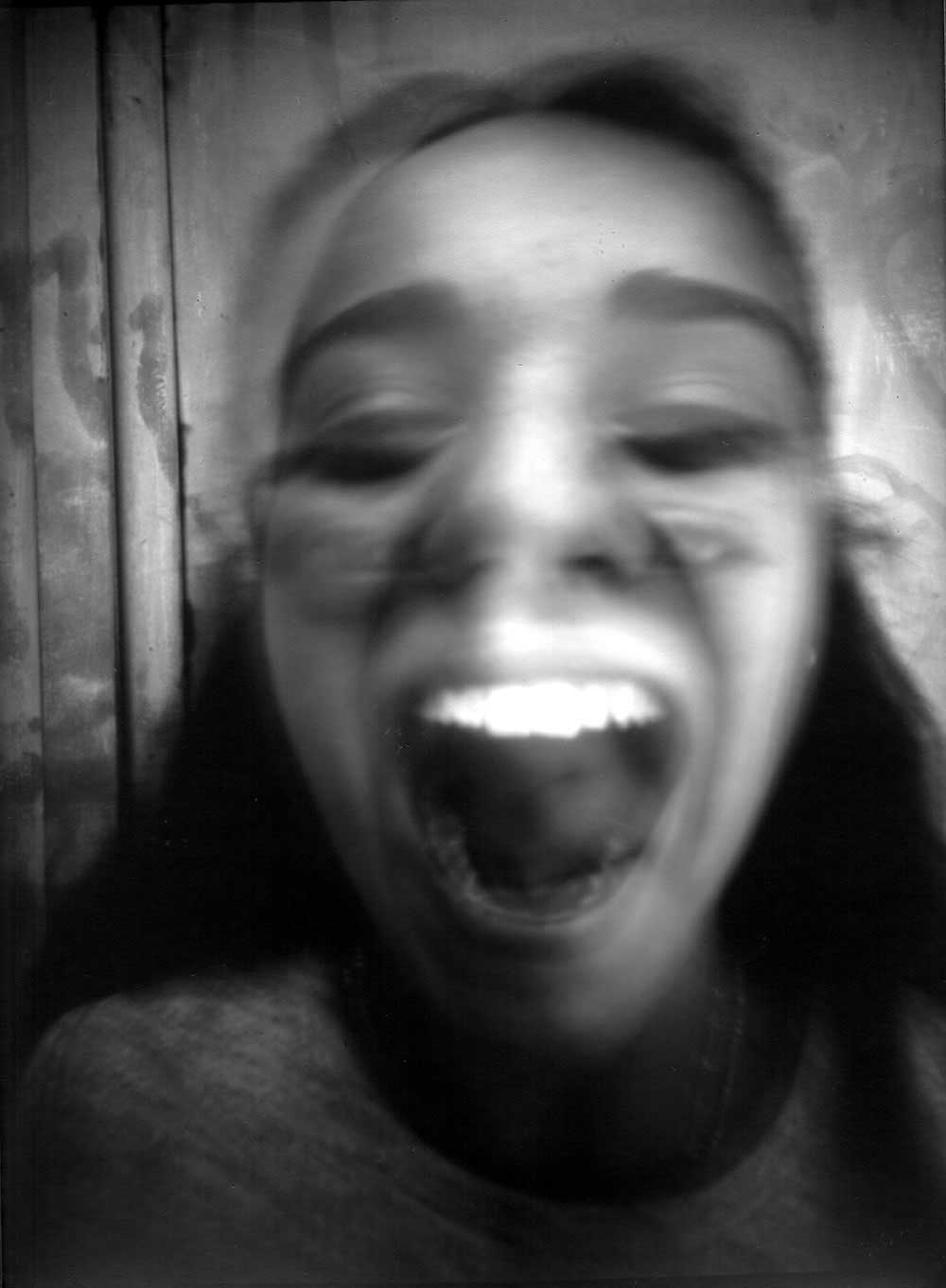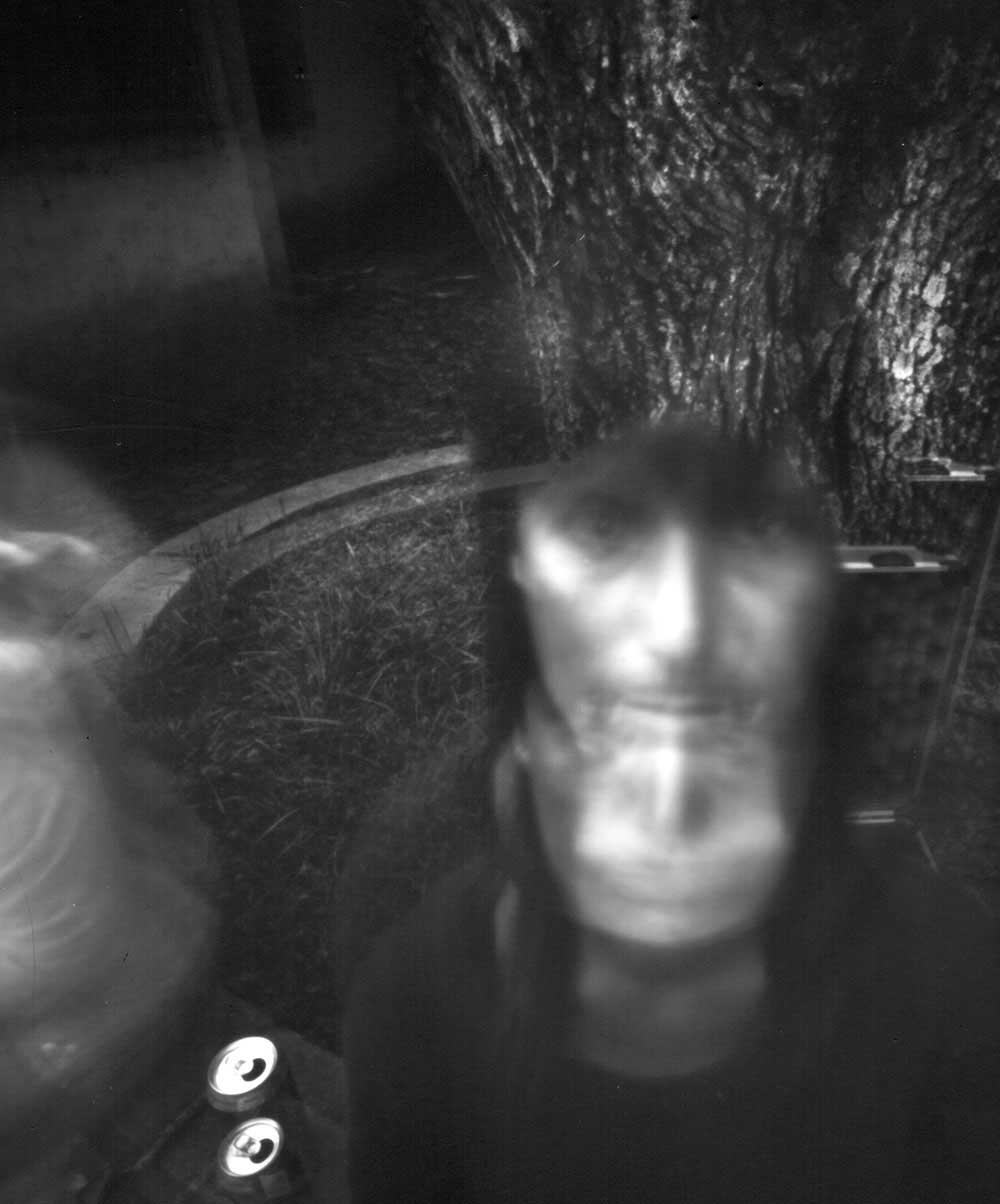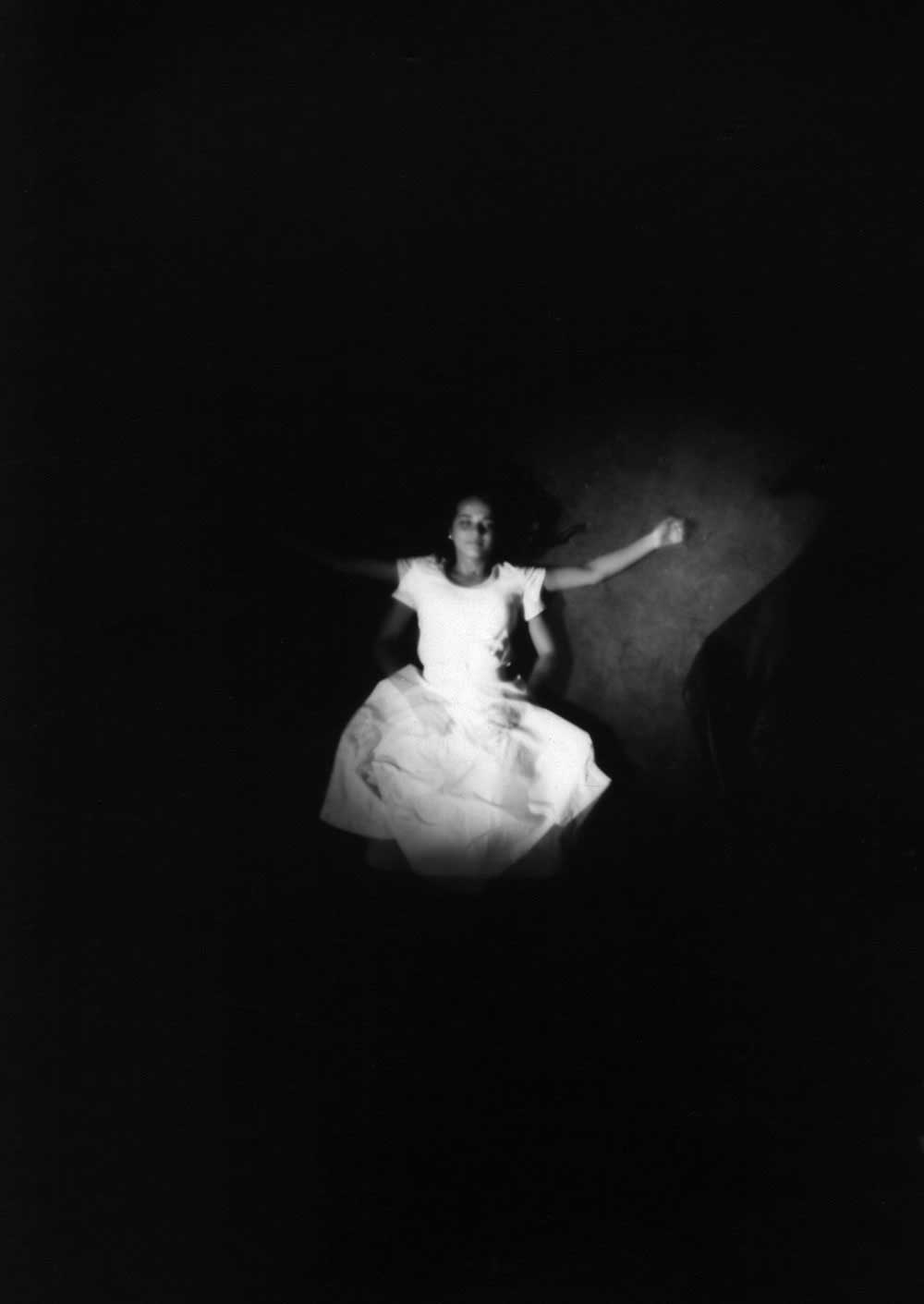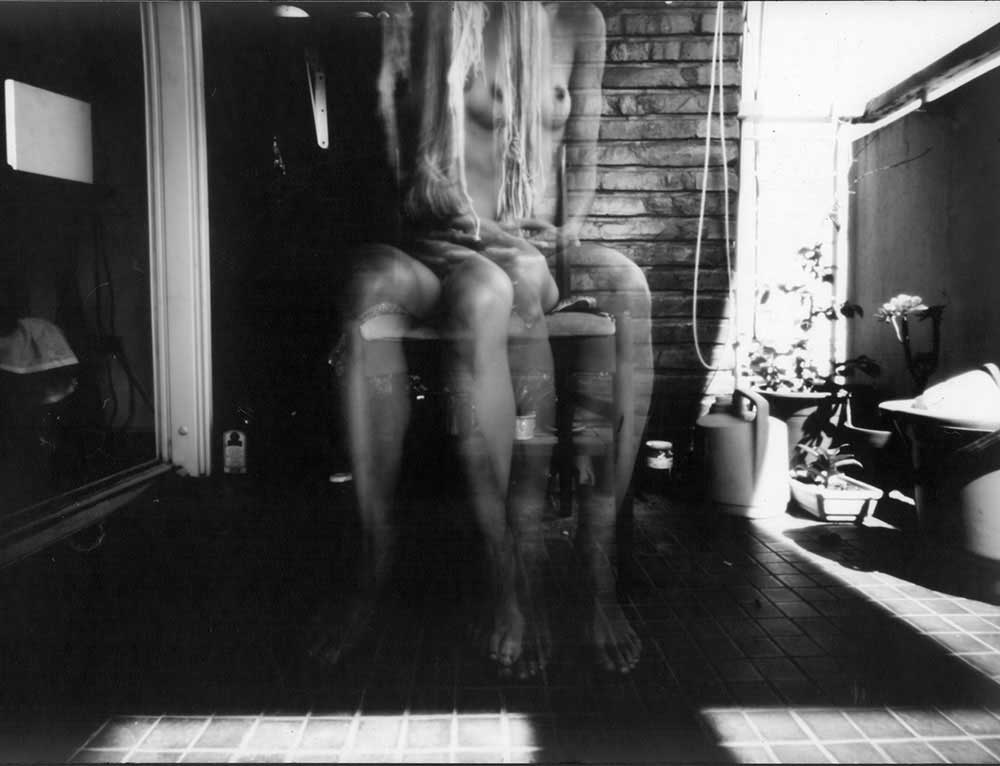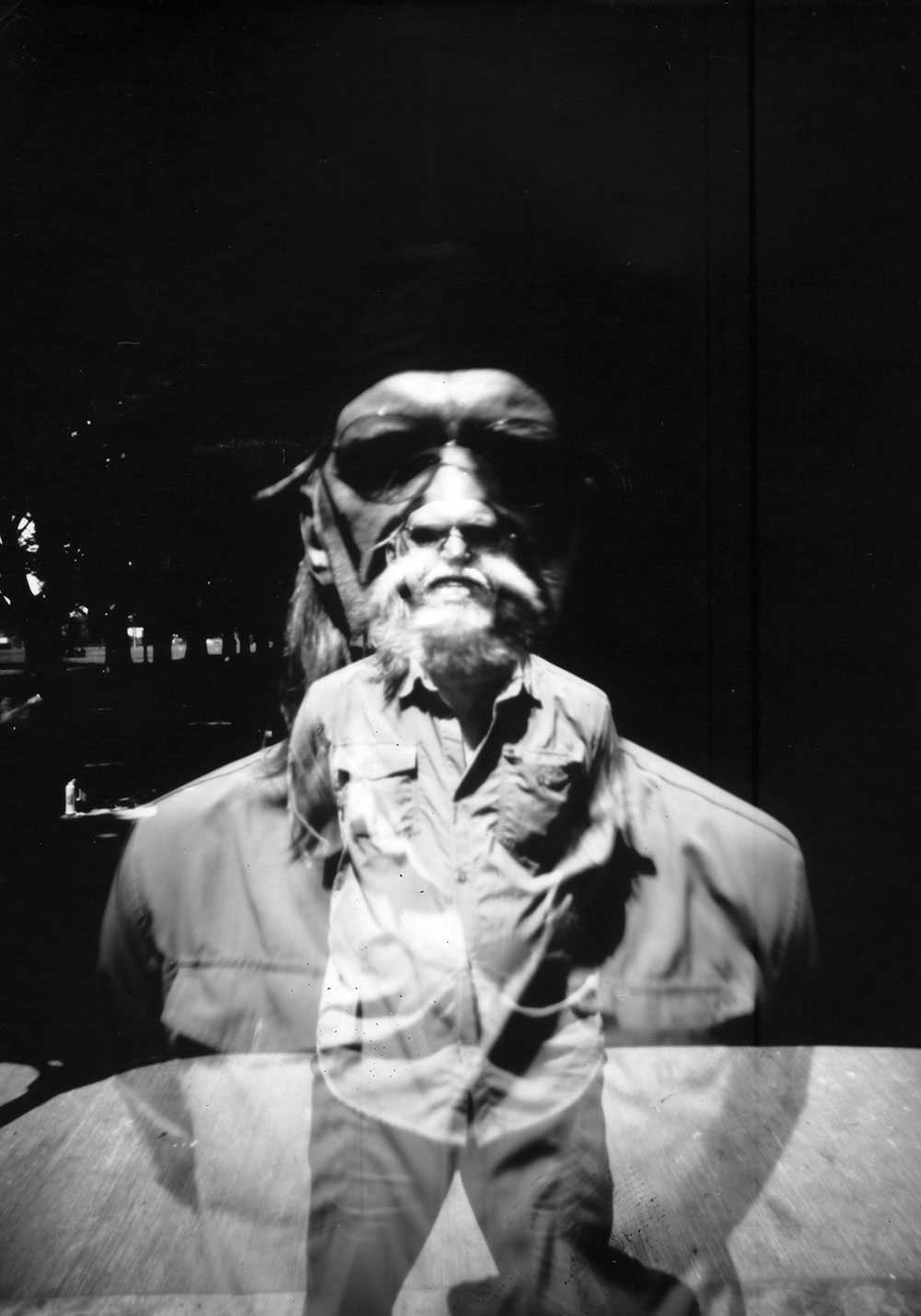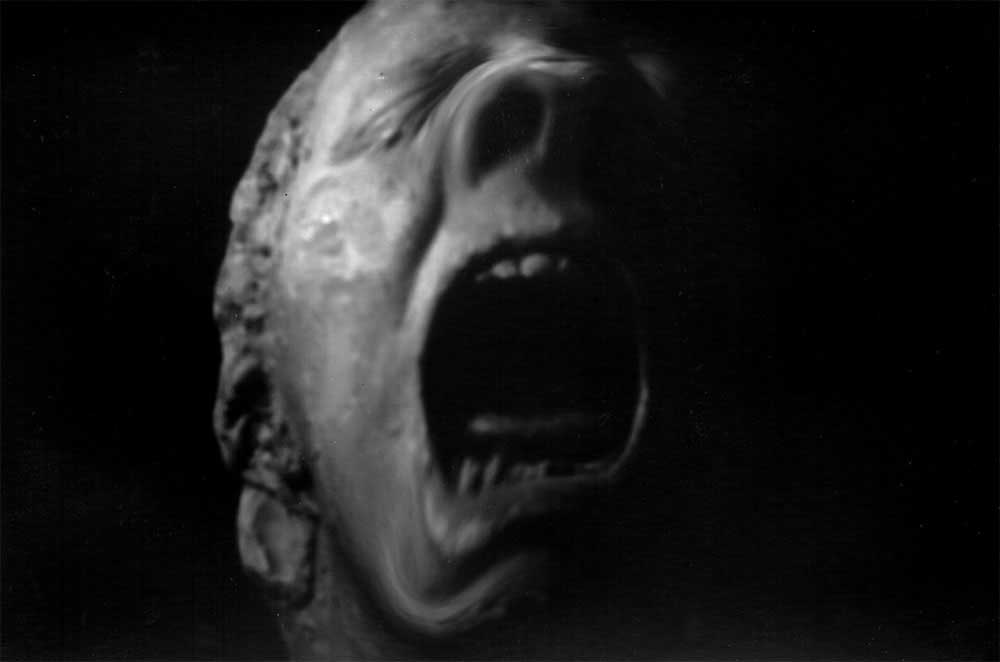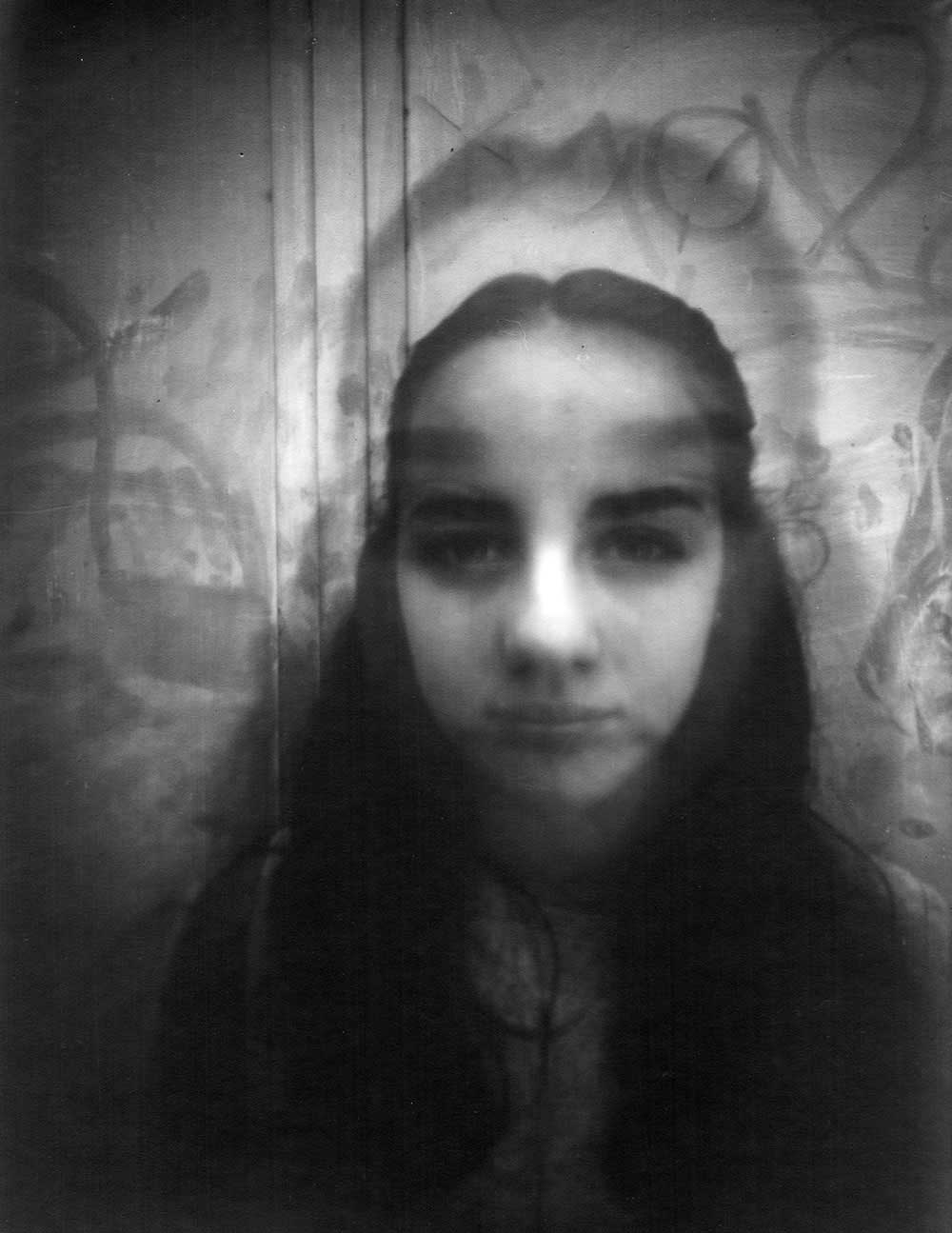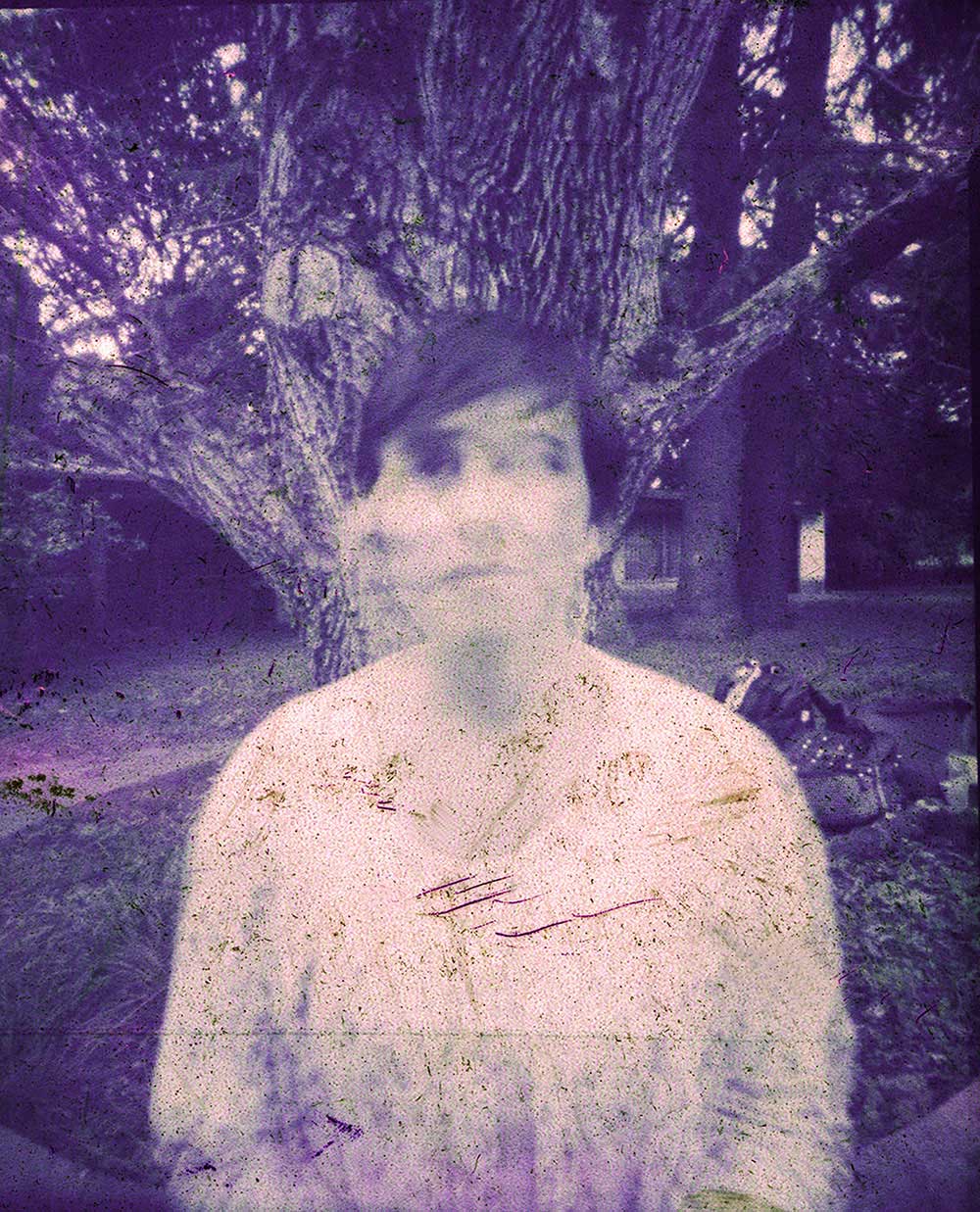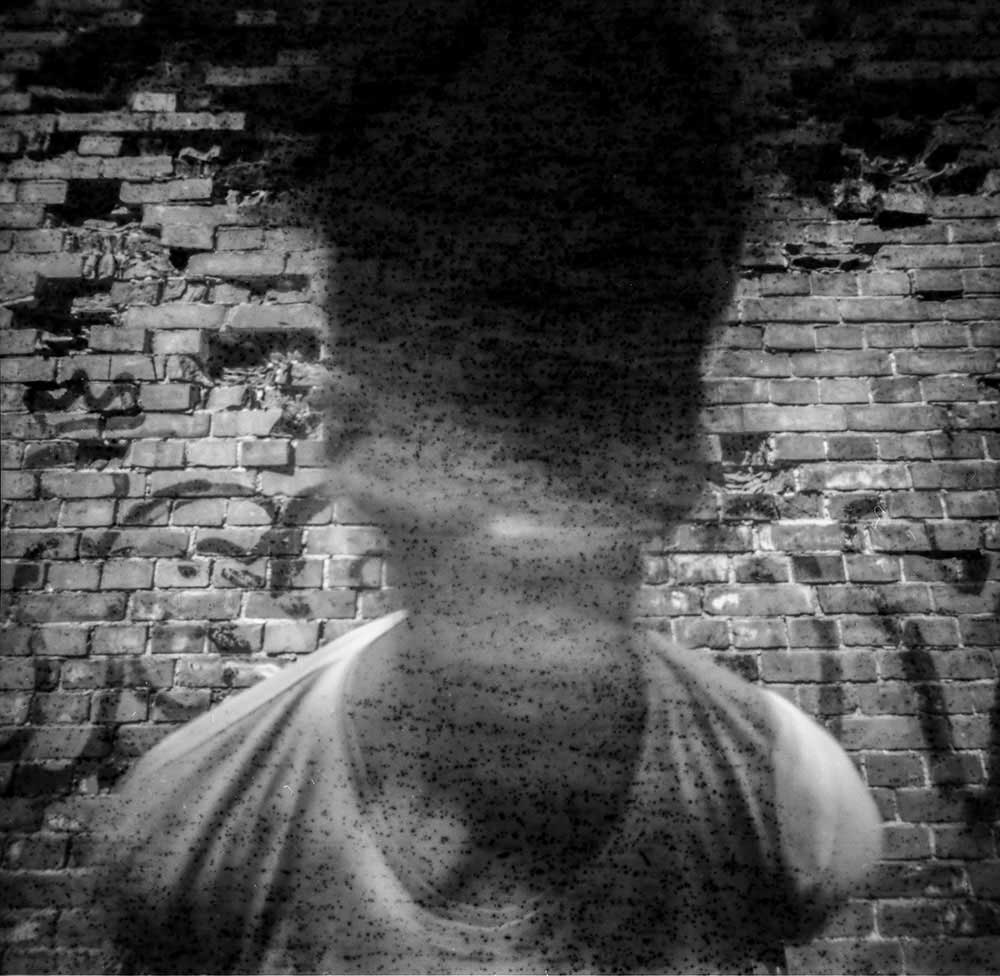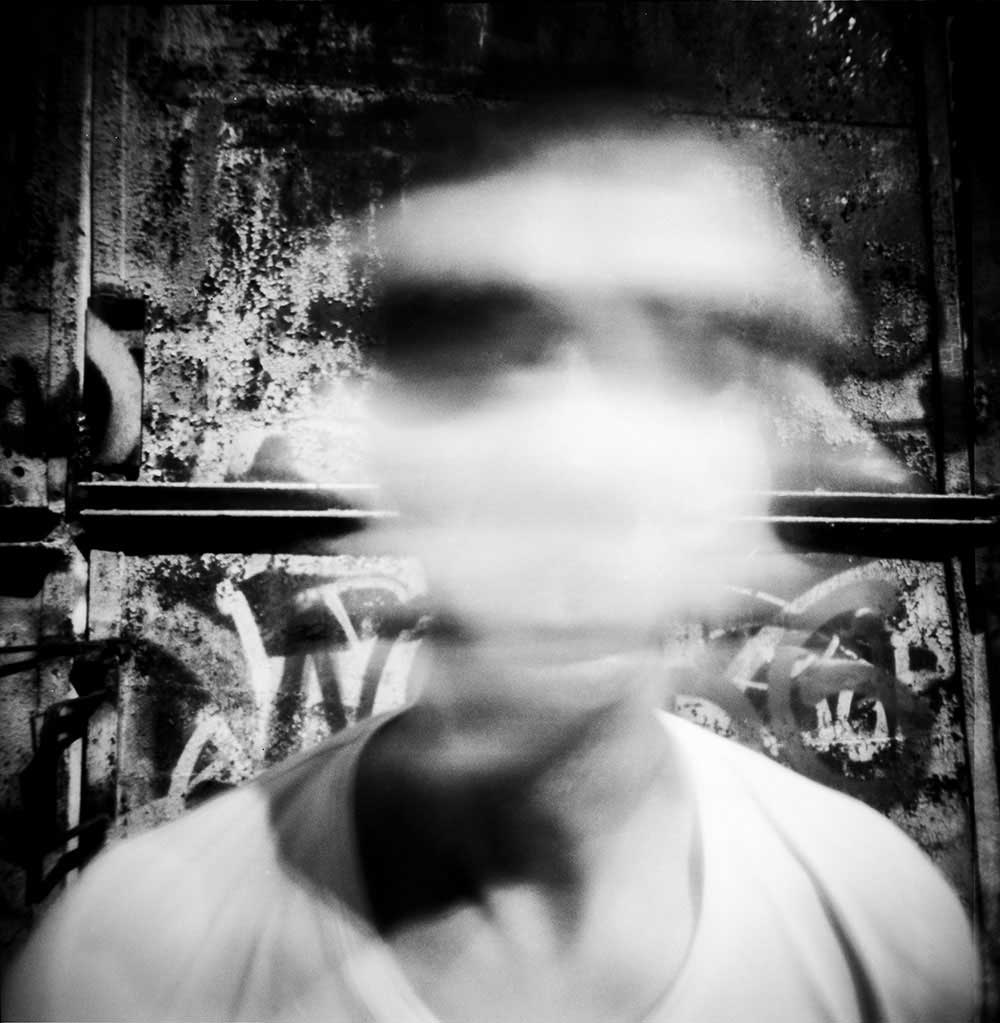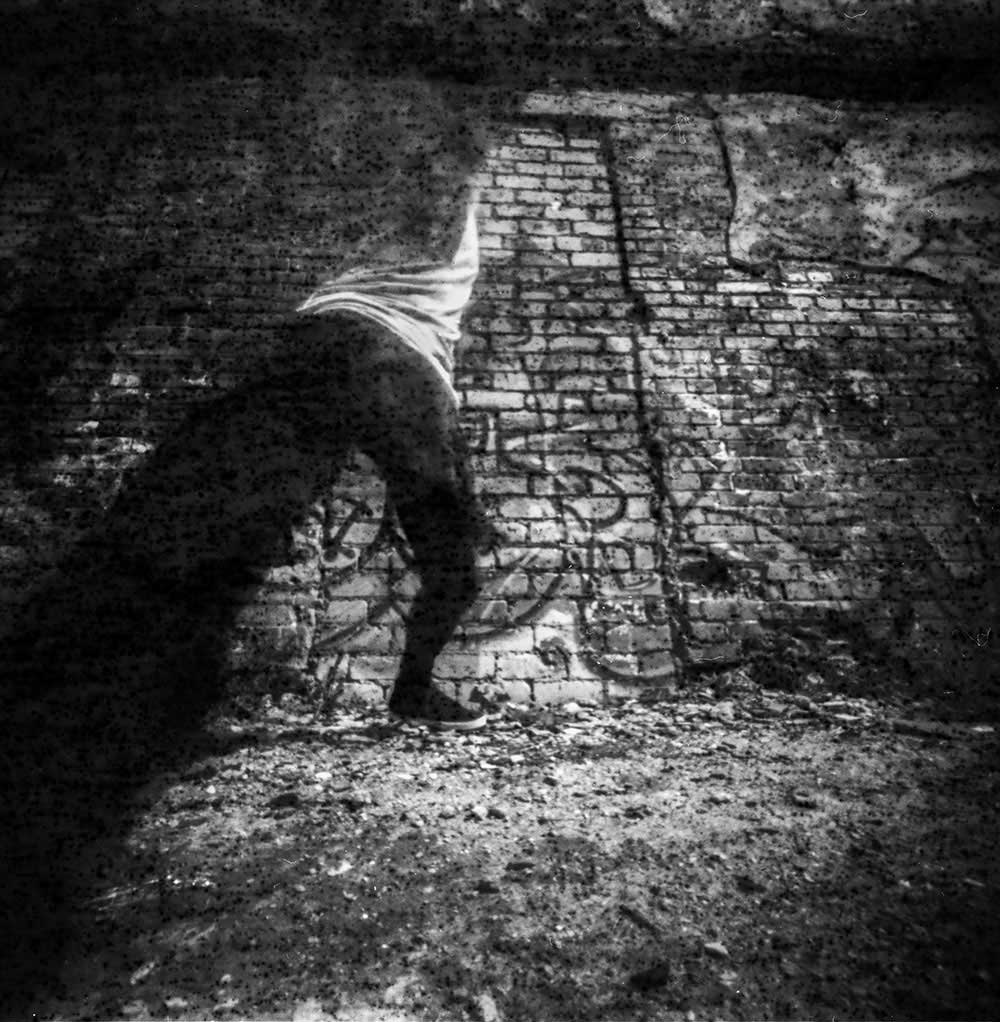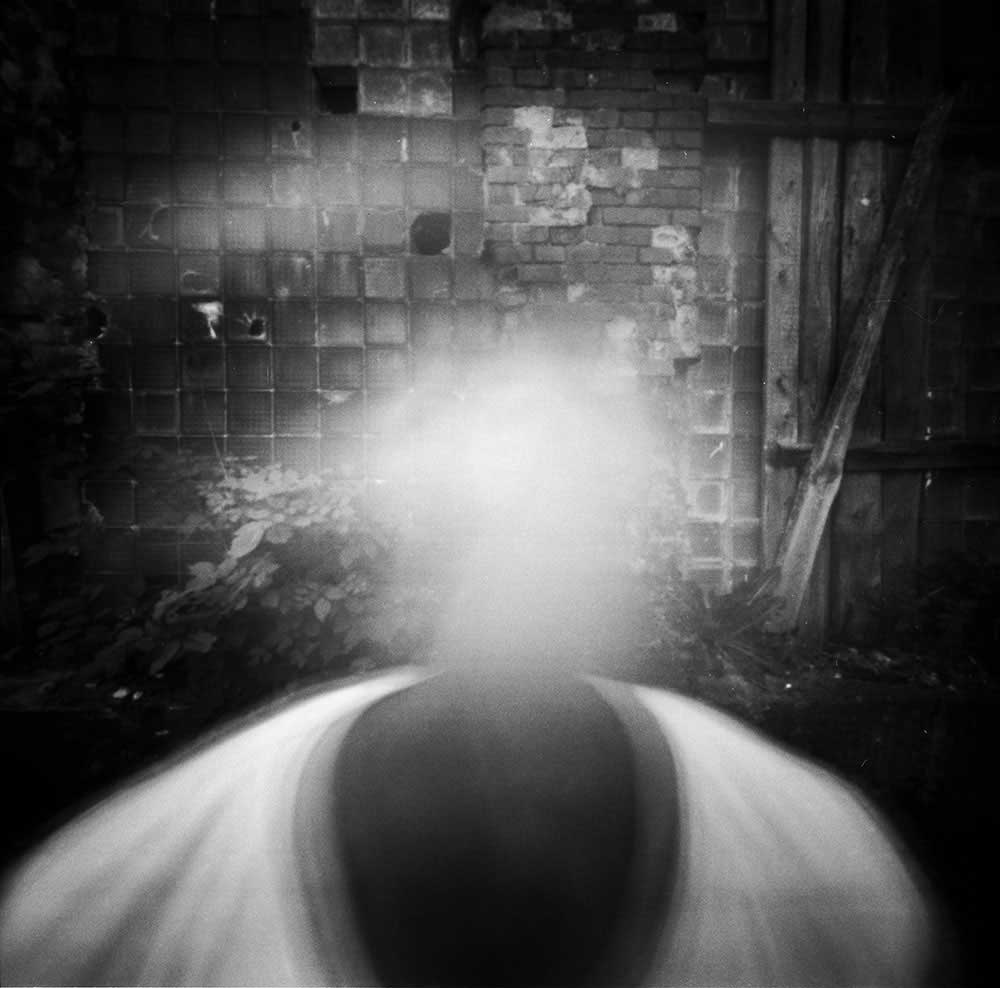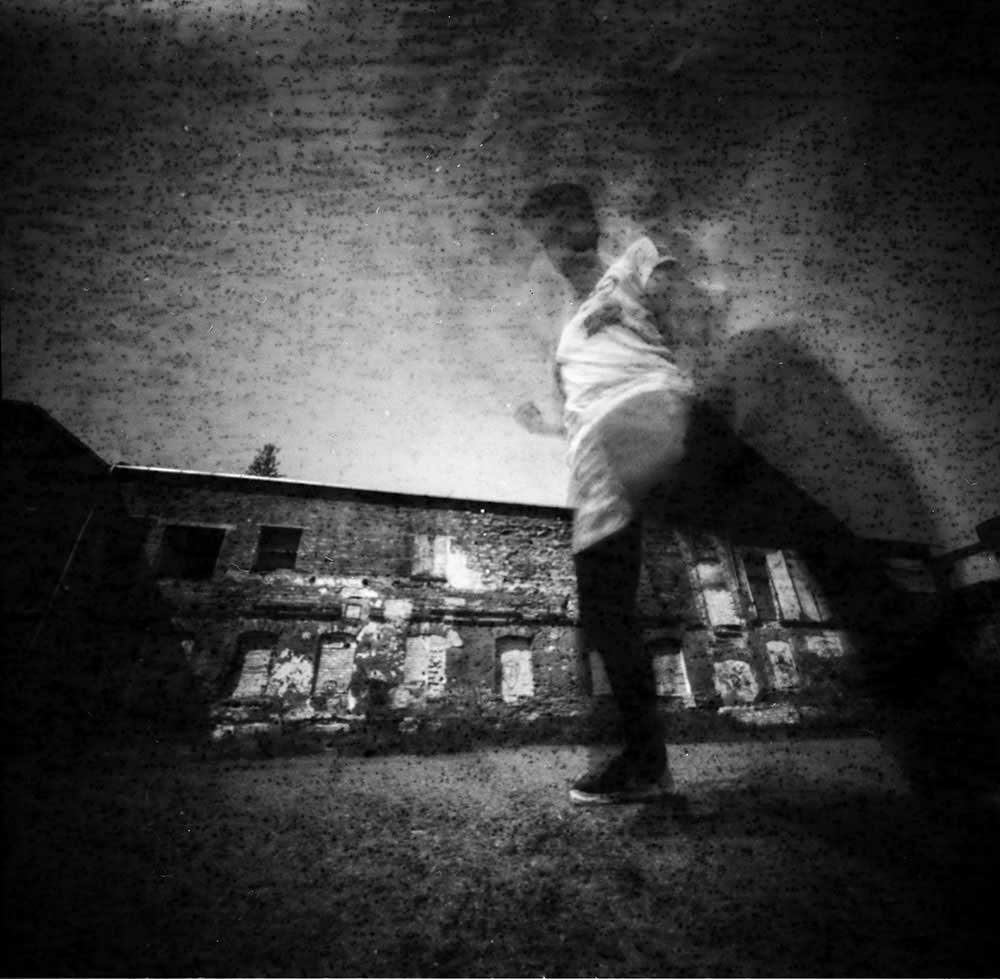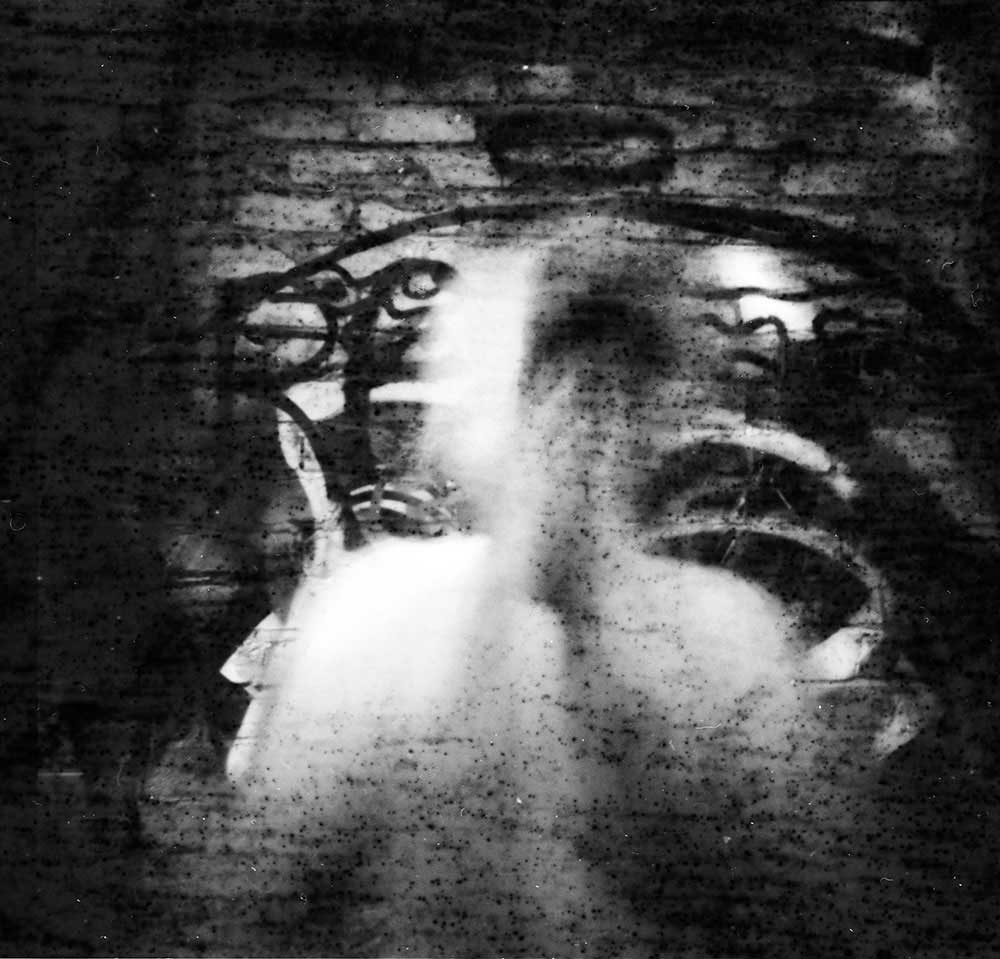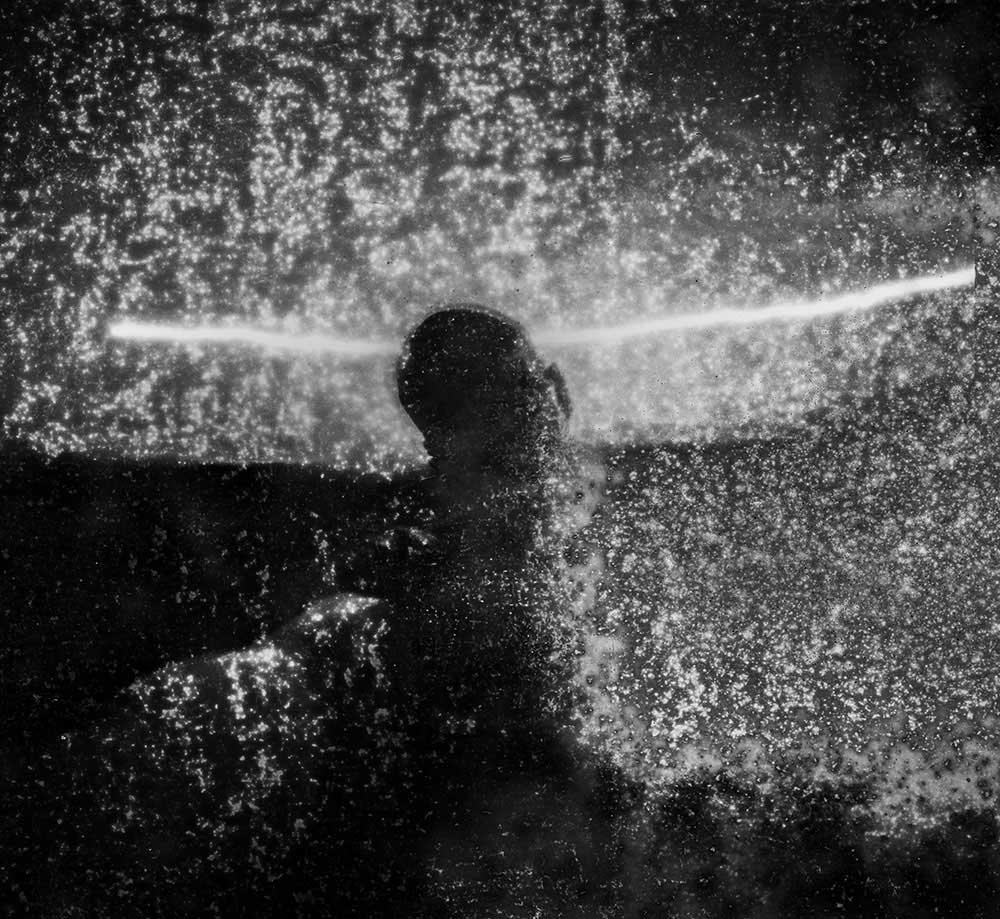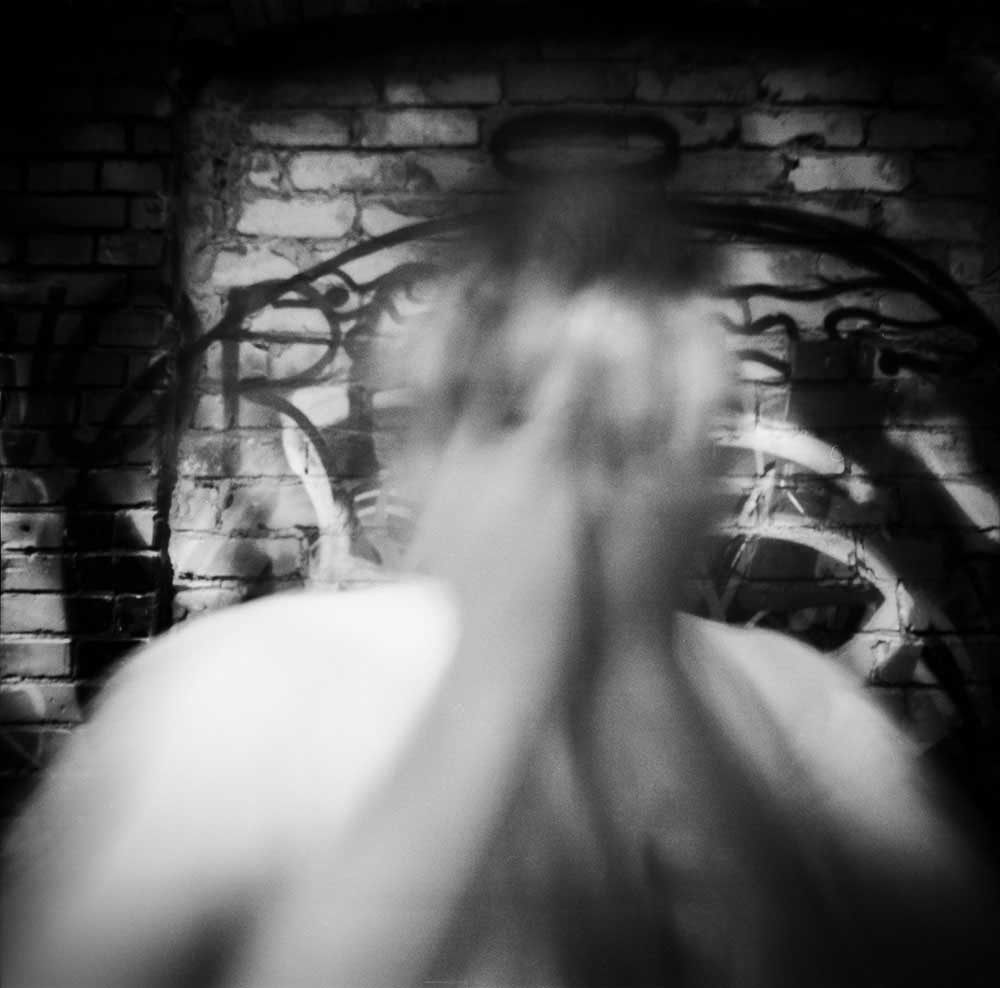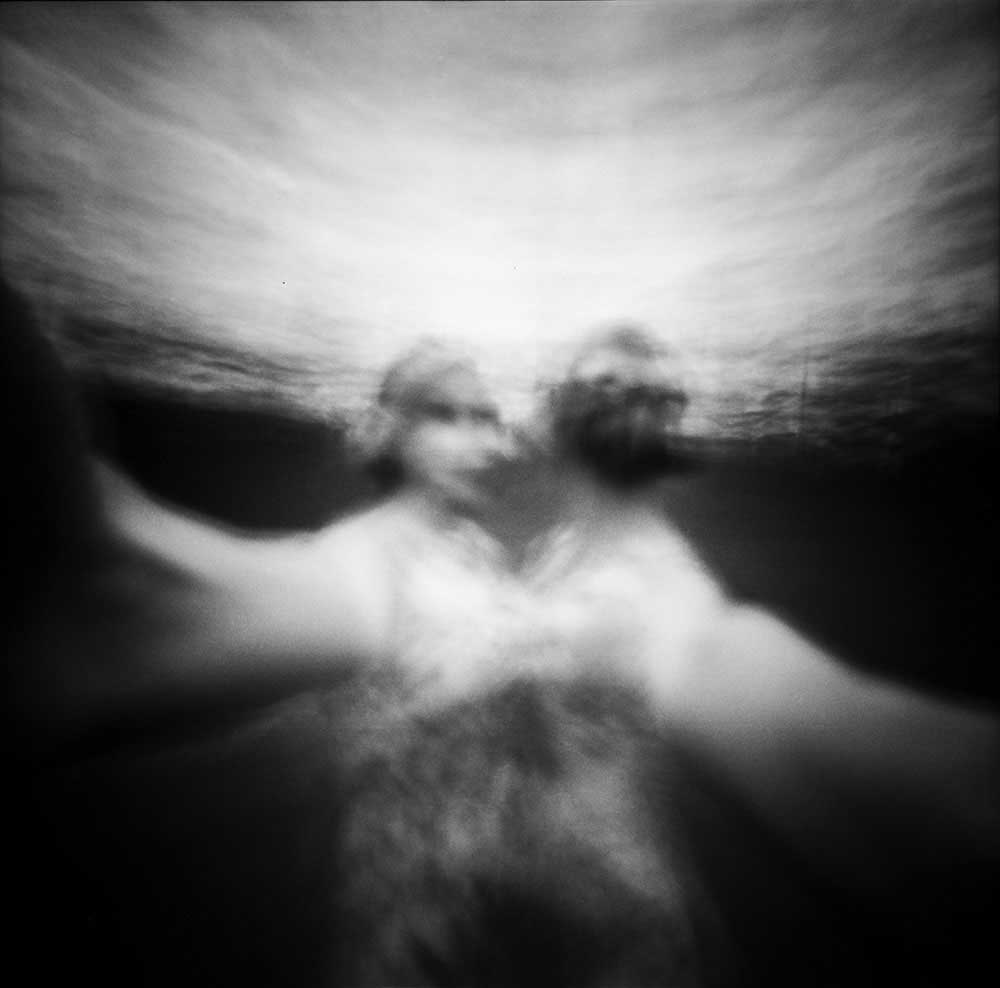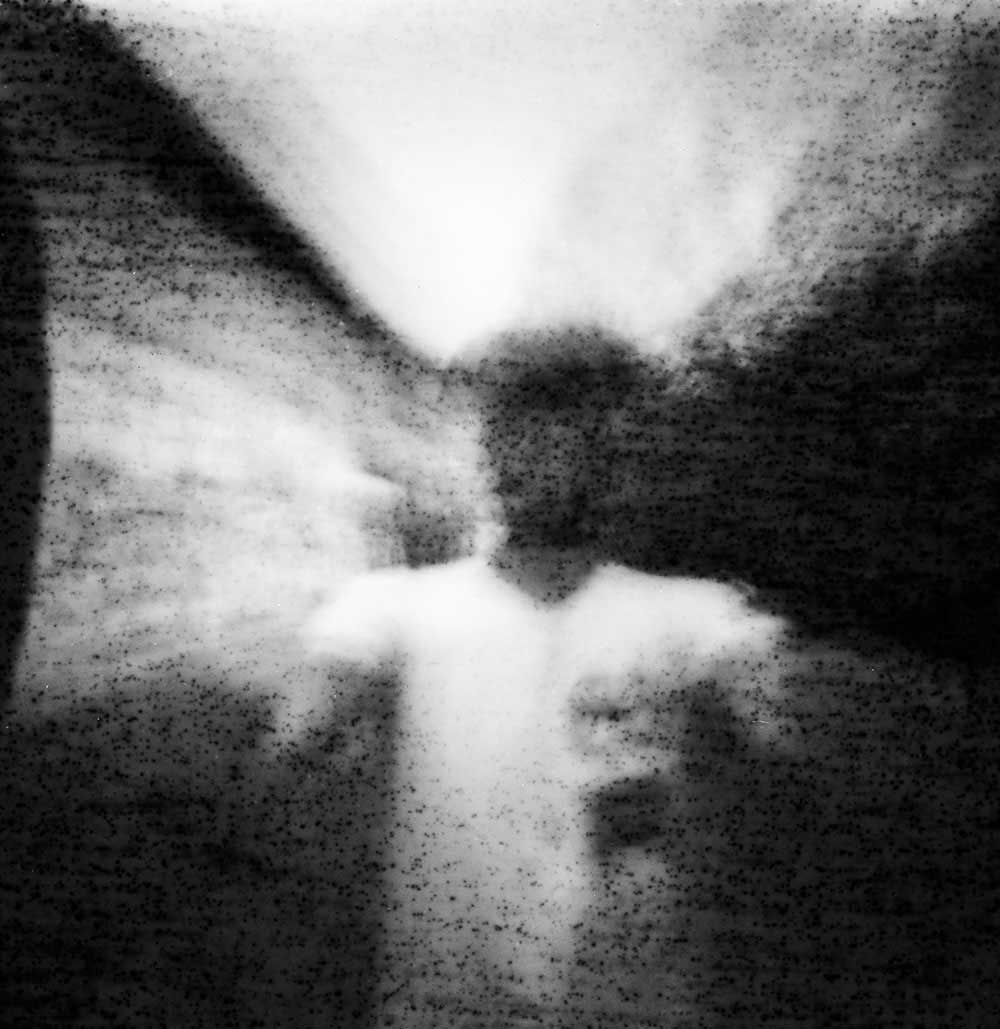THE CONFRONTATION WITH INHABITANTS OF THE DARK SUBCONSCIOUS LABYRINTHS
The essential feature of photography is to capture and reflect a reality in which the dimensions of space, time, authentic being, of mind and feelings are equally prominent, linking in an easily discernible way all those in the area: photographer, viewer, environment, its it’s details and other members involved in it.
And even if we were trying to dismiss any of the factors mentioned here as potentially irrelevant, that would not mean that anyone else, in other circumstances, wouldn’t see it and give it enough weighty meaning.
It is true that, despite the wide variety of possibilities for obtaining, editing, and at the same time developing time and falsification of a photographic image, for many of us, photography itself remains a rather persuasive means of testimony, open to everyone depending on experience and many other circumstances.
And this is not unexpected, since photography itself is born out of reality. This is a prerequisite. The photographer does not have the ability to take a picture that never existed. Even in the case of falsification, it would hardly be possible to do without reality, because at least some details of the image being created have to be taken anyway.
So what is the reality we face in the Amorfo photography project of two fans of analogue photography and alternative processes, Žilvinas Kropas (Lithuania) and Guillermo Alvarez (Argentina)?
The very title of the exhibition indicates that speech is about some formless, crystalline objects and that the viewer is no longer confronted with images of physical bodies that are common to us, but rather with certain forms.
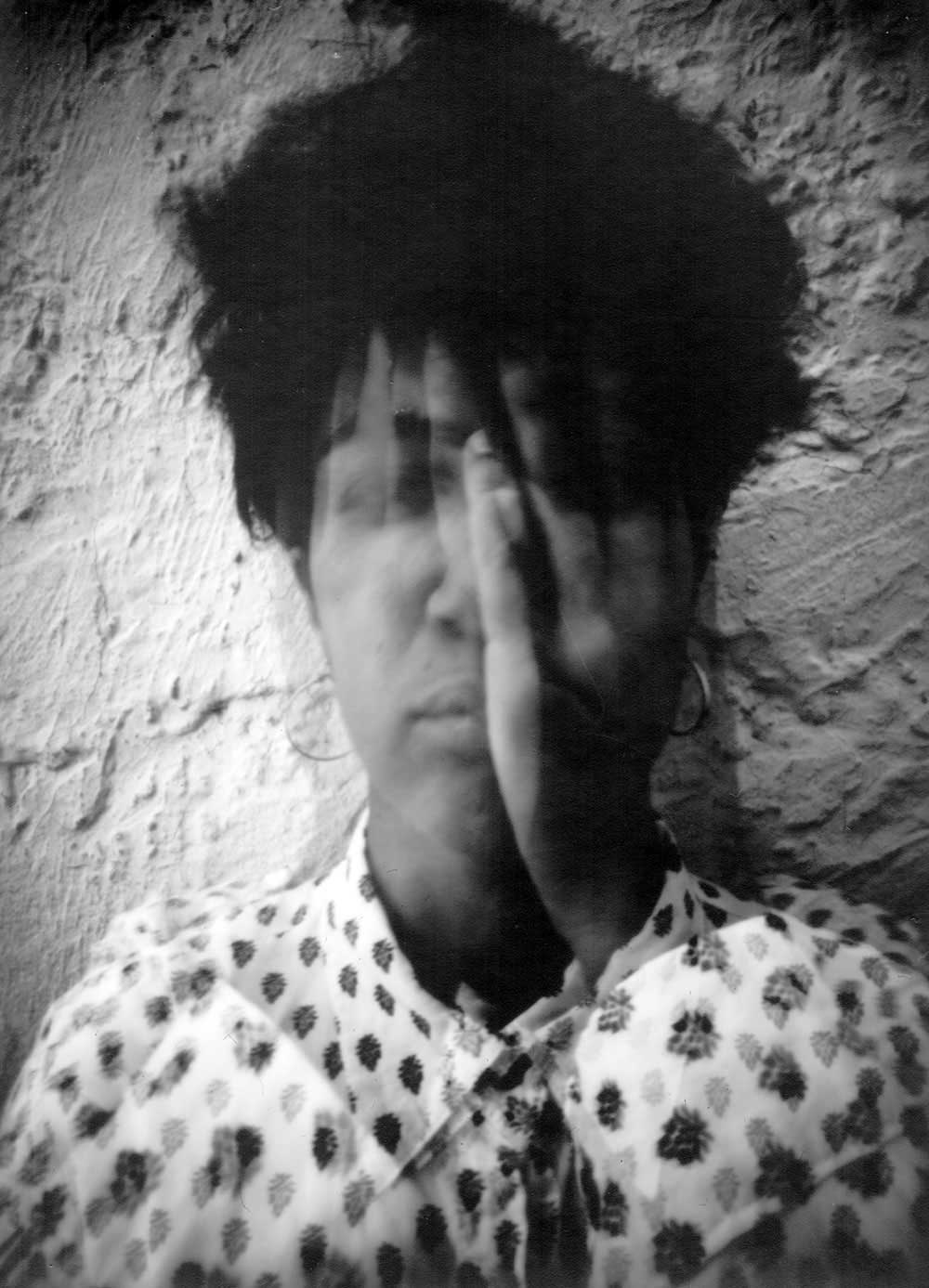
According to the authors themselves, they are like beings from another world, the dark side of our nature “the opposite of the angelic face” coming from memories of the past, sometimes from visions of the future, or perhaps simply from everyday relationships with the present.
Therefore, these amorphous forms are the permanent inhabitants of the dark labyrinths of our subconscious, as if depicting hallucinations caused by a slumbering dream or severe illness; unmanageable, self-decaying as if out of nowhere, and capable of penetrating anywhere, anytime. They are not what they would like to see, but they are far from being doubted.
This is also a reality. Just a little bit different – out of the ordinary – an alternative to the materialistic and, at the same time, the whole hedonistic aesthetic, which upholds the ideal of beauty and pleasure. Like the non-routine side of life that you least want to open up to, but still have to live with. Unfortunately, but so it is.
As we live in the era of smart things, we seem to be increasingly dependent on our own built environment, and the virtual digital world is imperatively shaping not only behavioral but also a thinking routine that is not easy to escape.
Perhaps that is why various alternative choices, the desire not to succumb to mass-becoming phenomena or universally established norms, are gaining more and more charm. It’s like a kind of a plan to escape the reality.
And from an artistic perspective, it could be seen as a natural and understandable creative strategy. However, once again, as a counterweight to the prevailing fashion, individual expressions of choice soon become quite common and popular.
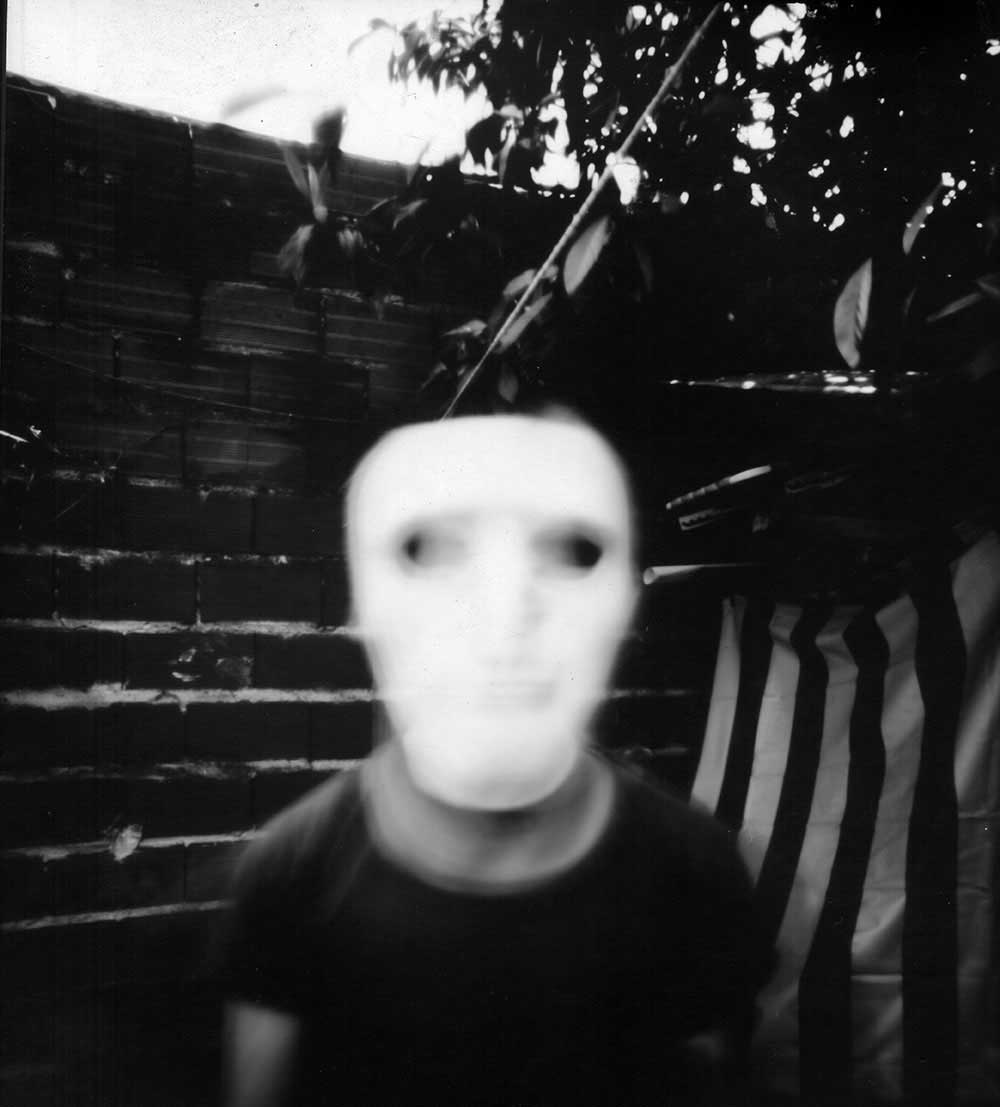
Suppose both pinhole and analogue photography in general are not a novelty, but more an invention of our time, but in the context of digital photography flooding the world, this is probably the most common alternative. Therefore, in this case, it is much more important to talk about the search for meaning than form.
In other words, how a particular form of creation fits in with the content of the narrative chosen. And I would like to point out right away that, in this particular case, the creative method chosen by both photographers is far from formal or casual, but surprisingly integrates all of their creative strands into one whole, naturally and organically.
The chosen technique of photography seems to extend the narrative, complementing and highlighting it in a way, but in no way distorting or falsifying it. It only enables photographers to capture and show images to the viewer in an appropriate way, which without other distortion, would be most likely to fail.
As already mentioned, Amorpho is a tale of inner shadows. Their reality, as well as the metaphysical world as a whole, is best revealed in the space of symbolic thinking, so that light and shadow acquire some kind of magic here, and the duration, time, and photographic means of the exhibit associatively resemble some mysterious ritual.
Obviously, a simple click on the camera shutter will fail to capture the overlap, so here you seem to need something more… Not only knowledge of photography, but first of all great artistic intuition and perception, are necessary to open the eyes to the perceived or imagined reality of the world rather than the ordinary reality.
And it seems that the authors of the project, both Žilvinas Kropas and Guillermo Alvarez, are well versed in what they are talking about in their works, but are also able to do so in a very convincing way. [Text: Sigitas Laurinavičius]
